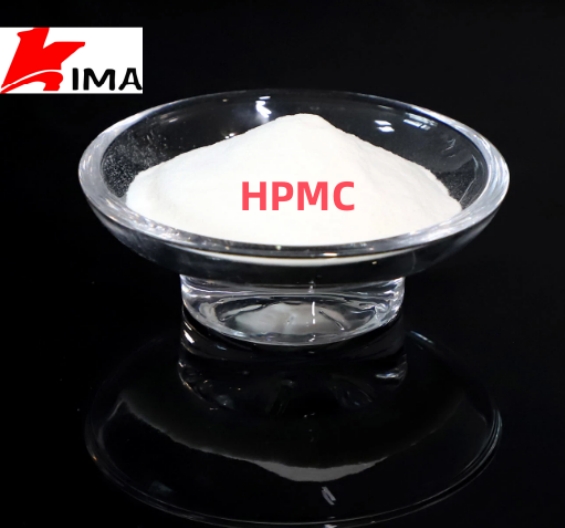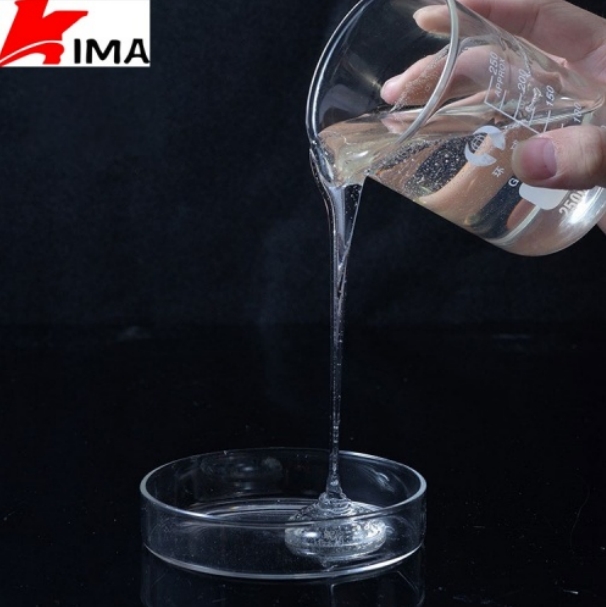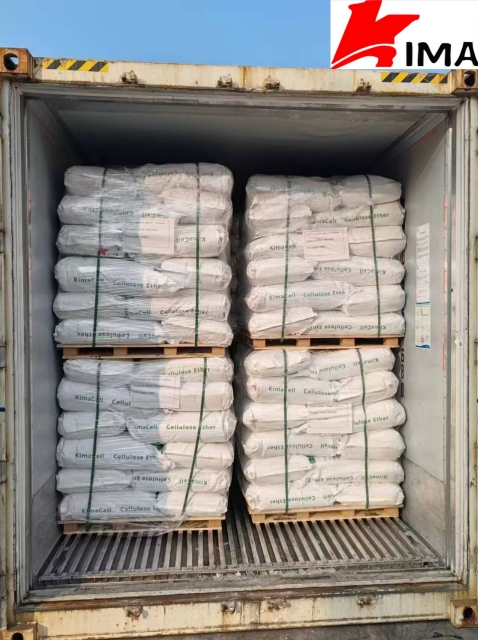Hydroxypropyl methylcellulose (HPMC) is a water-soluble cellulose derivative widely used in food, medicine, cosmetics and other fields. Its main function is to act as a thickener, gelling agent, emulsifier, stabilizer, etc. It is widely used in various processed foods because it is non-toxic, tasteless, odorless, and has good biocompatibility.

1. Basic properties and uses of hydroxypropyl methylcellulose
HPMC is obtained by chemically modifying cellulose (mainly derived from plant cell walls). By introducing methyl (-OCH3) and hydroxypropyl (-C3H7OH) groups, it has good water solubility, heat resistance, and viscosity adjustment ability. It is usually used in food for thickening, stabilization, and improving taste and texture.
2. Application of Hydroxypropyl Methylcellulose in Food
HPMC is widely used in processed foods, mainly in the following types of food:
(1) Baked foods
In baked products such as biscuits, cakes, and bread, HPMC can be used as a thickener and gelling agent to improve the structure of the dough, slow down water loss, and enhance the softness and taste of the food. It can also improve the moisture retention of the product and extend the shelf life, so it is used in many industrially produced baked products.
(2) Ready-to-eat foods
HPMC is used as a thickener and stabilizer in ready-to-eat foods such as instant noodles, instant soups, and instant rice. It can improve the taste and texture of the food while enhancing its stability. It helps prevent the separation of oil and water in the food and maintain the uniformity of the food.
(3) Frozen foods
In frozen foods, especially ice cream and frozen desserts, HPMC can be used as an emulsifier to effectively stabilize the distribution of fat and water, avoid the appearance of ice crystals, and improve the taste and make it smoother.
(4) Candy and desserts
HPMC is widely used in candy (such as soft candy, hard candy, chewing gum, etc.) and desserts (such as pudding, cream, jelly, etc.). It can increase the viscosity of food and improve the taste. It also has good hydration and can enhance the ductility of candy.
(5) Beverages
HPMC is used as a thickener or suspending agent in some beverages, such as juice drinks, dairy drinks, and functional drinks. It can prevent sediment from separating in the liquid and improve the taste and appearance.

3. Common sources of HPMC in food
Although HPMC is widely used in the food industry, its source is generally synthetic rather than directly obtained from natural ingredients. Its production process is usually made from natural cellulose (such as wood or cotton fiber) that is chemically modified. Therefore, HPMC in food is usually added in the following ways:
Processed food additives: HPMC appears as a food additive in a variety of processed foods, usually labeled as "thickener", "stabilizer" or "emulsifier" on food labels.
Preparation and production: HPMC is added to food raw materials through a specific production process, such as flour, milk powder, syrup, jelly, ice cream, beverages and other foods as one of the necessary ingredients.
4. Safety of Hydroxypropyl Methylcellulose
According to the relevant standards of international food additives, HPMC is recognized as a safe food additive. It is approved as a food additive by many food safety agencies, such as the US Food and Drug Administration (FDA) and the European Food Safety Authority (EFSA), and is widely used in the global food processing industry. According to the evaluation of these agencies, the intake of HPMC will not cause adverse effects on the human body.
5. Hydroxypropyl Methylcellulose and Health
Low Calories: HPMC is a dietary fiber. Although it is not digested and absorbed by the human body, it can absorb water and swell, increase the volume of food, help enhance satiety, and help control weight.
Intestinal Health: HPMC is a water-soluble dietary fiber that can promote intestinal peristalsis, improve constipation symptoms, and has certain benefits for maintaining intestinal health.
6. Other Applications of HPMC
In addition to food, HPMC is also widely used in medicines (such as sustained-release drugs, ointments, capsules, etc.), cosmetics (such as lotions, creams, etc.), and building materials (such as cement, coatings, etc.). Especially in medicines and cosmetics, it plays an important role as a thickener and emulsifier.

Hydroxypropyl methylcellulose plays an important role in the modern food industry. Its safety and versatility make it an ideal ingredient in many food processing processes. Although the main source of HPMC is synthetic, its use does not pose a direct threat to human health, and its unique properties make it perform well in a variety of food products. Consumers can learn about the types of foods containing HPMC by checking food labels.
 English
English 日本語
日本語 français
français Deutsch
Deutsch Español
Español italiano
italiano русский
русский português
português العربية
العربية Türkçe
Türkçe Nederland
Nederland






